Syringes and Needles Applications

- Injections
- invasive procedure
- medications
- hormones
- Sampling
- invasive procedure
- blood & fluid draws
- biopsy sampling
- intravenous
- Irrigation
- minimally invasive
- cleansing & flushing
- debridement
- enema
- Suction
- minimally invasive
- vomit
- mucus
- ear wax
The design of needles and syringes centers on both the user and the patient. The functions of injection, sampling and irrigation are slightly dissimilar, requiring minor modifications to effectively accomplish the task. These modifications become essential for choosing the best syringe and needle combination. Criteria fall into four basic categories, which we display in more detail below:
Selection Criteria for the Best Syringes and Needles
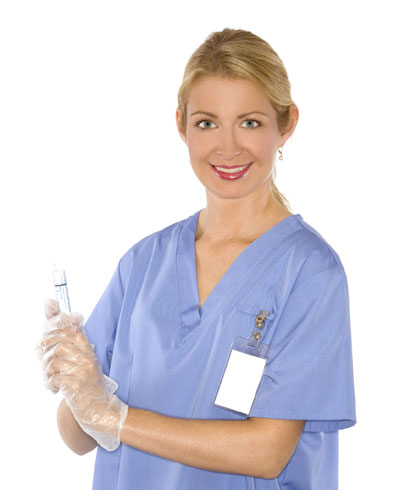
- Administrators
- volume visibility
- plunger pressure
- safety
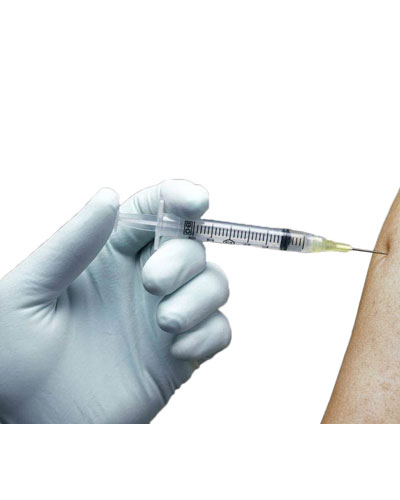
- Application
- fluid draw
- inject medications
- irrigation
- intravenous

- Medication
- volume
- viscosity
- volume

- Patients
- reduce pain
- reduce bruising
- comfort & ease
Administering a Dosage With a Medical Syringe
Caregiver administrators must prepare the medication, load the correct dosage into the syringe, insert the needle into the correct tissue at the right angle, administer the medication with the right amount of pressure on the plunger, remove the needle when the administration is complete, dispose of sharps waste and do this all without accidentally sticking themselves.
Selecting the right syringe with the correct size needle for the type of medication and administering it to the appropriate delivery site can be a daunting task. Loading the medical syringe to the correct dosage and then administering the medication gets tedious and repetitive yet requires significant concentration to avoid delivering too much or too little. Easy-to-read dosage markers on the side of the syringe barrel help with preparation. Also, transpafrent plastic syringes allow administrators to see the medication against the measurement markers. Easier visibility correlates with delivering a more accurate dosage.
A smaller syringe requires more pressure to operate the plunger. Larger sizes require less pressure. Safety needles help protect the user from accidental stick injuries. Healthcare workers who conduct numerous injections daily with contagious patients should use safety devices to protect themselves. Note that in many home applications, the administrator is also the patient.
Application
As mentioned above, medical syringes and needles perform four basic services: Drawing fluid or tissue samples, performing medication injections, wound irrigation and intravenous applications. The tools you select should match the task you intend to perform. Select phlebotomy supplies for blood draws, biopsy kits for sampling, syringes and needles for medication delivery, irrigation supplies for cleansing and flushing and IV Supplies for intravenous administration.
Why Doctors Favor Injections Over Pills
Many medications need to get into the body’s general circulation of fluids — the bloodstream, in particular — in order to flow to their sites of action. Ideally, 100% of a drug gets to its destination. Most medications pass through multiple barriers in your body (biologic membranes) and undergo a complex series of biochemical reactions along the way, some of which "use up" a portion of the active ingredient.
When a medication is given intravenously, it enters the circulation directly and is considered 100% available to your body. When taken by mouth, it has to go through part of your digestive system first. Only some of the drug makes it to the site of action; the rest is effectively processed as waste. This concept is called bioavailability.
Medication Characteristics
The syringe needs to be large enough to accommodate the volume of medication prescribed. They are available in different sizes to meet volume requirements and display markings in milliliters (mL) and centimeters (cc). Viscosity is another important consideration: The needle diameter needs to be to allow thicker fluids to pass through. The smaller the gauge number, the larger the diameter of the needle. The larger the gauge number, the smaller the diameter of the needle. Medications with a high viscosity require lower gauge numbers.
Patient
Patients get stressed out over injections. For many, stress level directly relates to the pain associated with the injection. Pain is not the only concern. Needle punctures can cause bruising, with longer and wider diameter needles more likely to cause this effect. Short-length delivery devices and those with smaller diameters are less likely to contribute to pain and bruising. In the case the administrator and the patient are the same person, the more accommodations the syringe and needle provide for self-injections, the better.
Selecting the Best Needle
Anatomy of a Needle
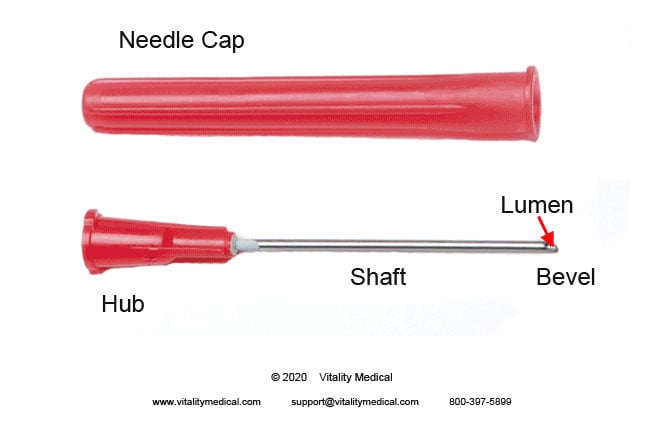
Types of Medical Needles

There are six major types of syringe needles. Four have a sharp bevel-shaped stainless steel tip for piercing the skin and tissue. The fifth type is a blunt needle used for cannulas. Blunt tips come in plastic or metal. The last type is a safety tip that shields the user from accidental needlestick injuries:
- Regular bevel is the most common tip type. This needle is typically used for subcutaneous and intramuscular injections.
- Short bevel tips are ideal for specialty applications, such as arterial blood gas sampling or nerve blocks. Its design supports minimal injection depth and rapid withdrawal and fluid dispersion.
- Intradermal bevel tips allow for shallow and low-angle insertions just below the epidermis. This needle tip suits testing the skin for allergies.
- 5-bevel has a flatter, thinner surface that’s found to be less painful for patients.
- Blunt tips or dispensing needles prepare and administer medications to patients usually through an IV device instead of a direct injection. These tips are safer for caregiver use, since they do not have a sharp tip.
- Safety tips protect the user from accidental stick injuries. They are available in retracting, shielding and sliding sleeves.
Safety Needle

Many manufacturers now make safety tips. The chart above displays several top-selling safety tips, including the Medtronic Magellan, BD SafetyGlide, Medtronic Monoject, BD Safety-Loc, Sol-Millennium SOL-Guard and EasyTouch FlipLock.
Needle Selection Criteria
A needle provides the primary function of administering injectable medications. For this growing medical application, U.S. hospital drug spending reached $25.8 billion in 2016. "In acute-patient-care settings, injectable drugs are used ubiquitously. Injectables offer several advantages over other administration routes, including precise and adjustable dosing, predictable bioavailability and fast onset of action.
To select the best needle for your needs, first start with the type of injection. There are three types of injections, along with sites on the body, to perform this action. After determining the type of injection, select the appropriate needle gauge and length.
Needle Injection Types
There are three typical injection sites — intradermal, subcutaneous and intramuscular. The deeper the injection site, the longer the length of the needle and the more direct or perpendicular the route to the delivery tissue. However, the shorter the needle length, the less pain or bruising the patient experiences. "Procedural pain in general, and intramuscular (IM) injection pain in particular, is one of the most distressing and painful health care experiences for children.
Injection Guide
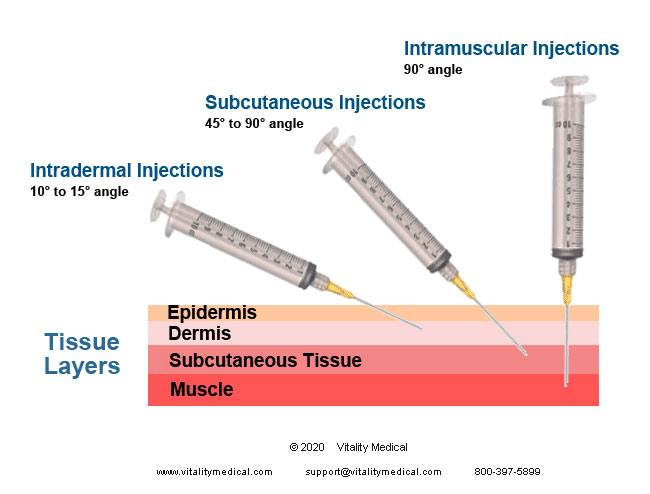
Intradermal Injections
Intradermal infusions take place in the dermis layer of tissue, which lies just beneath the epidermis layer of skin. The dermis is only a few millimeters thick on most parts of the body. Most of these injections use a ½- to 5/8-inch needle length at an angle of 10 to 15 degrees to the skin. For all ages, recommended sites for intradermal injections include the anterior aspect of the forearm, upper chest, upper back or the back of the upper arm. Many consider this method the most difficult of the three injection types.
Subcutaneous Injections
Subcutaneous injections occur in the tissue layer between the dermis and muscle. A short needle 1/2- to 5/8-inch in length performs this action. The needle length used for subcutaneous injections overlaps the length used for intradermal injections. Medication volumes for this injection type are usually less than 1 mL, but up to 2 mL is safe. Injections of this type employ an angle of 45 to 90 degrees to the skin’s surface. Epinephrine, metoclopramide, dexamethasone, allergy medications and vaccines are common drugs injected subcutaneously.
Intramuscular Injections
These injections reach down through the dermis and subcutaneous tissue into the muscle. Longer needles reach muscle tissue at this depth of 7/8 to 1 1/2 inches. Injections take place at a 90-degree angle to the skin. The best injection sites include the deltoid muscle, the vastus lateralis, the ventrogluteal and the dorsogluteal.
Injection Sites
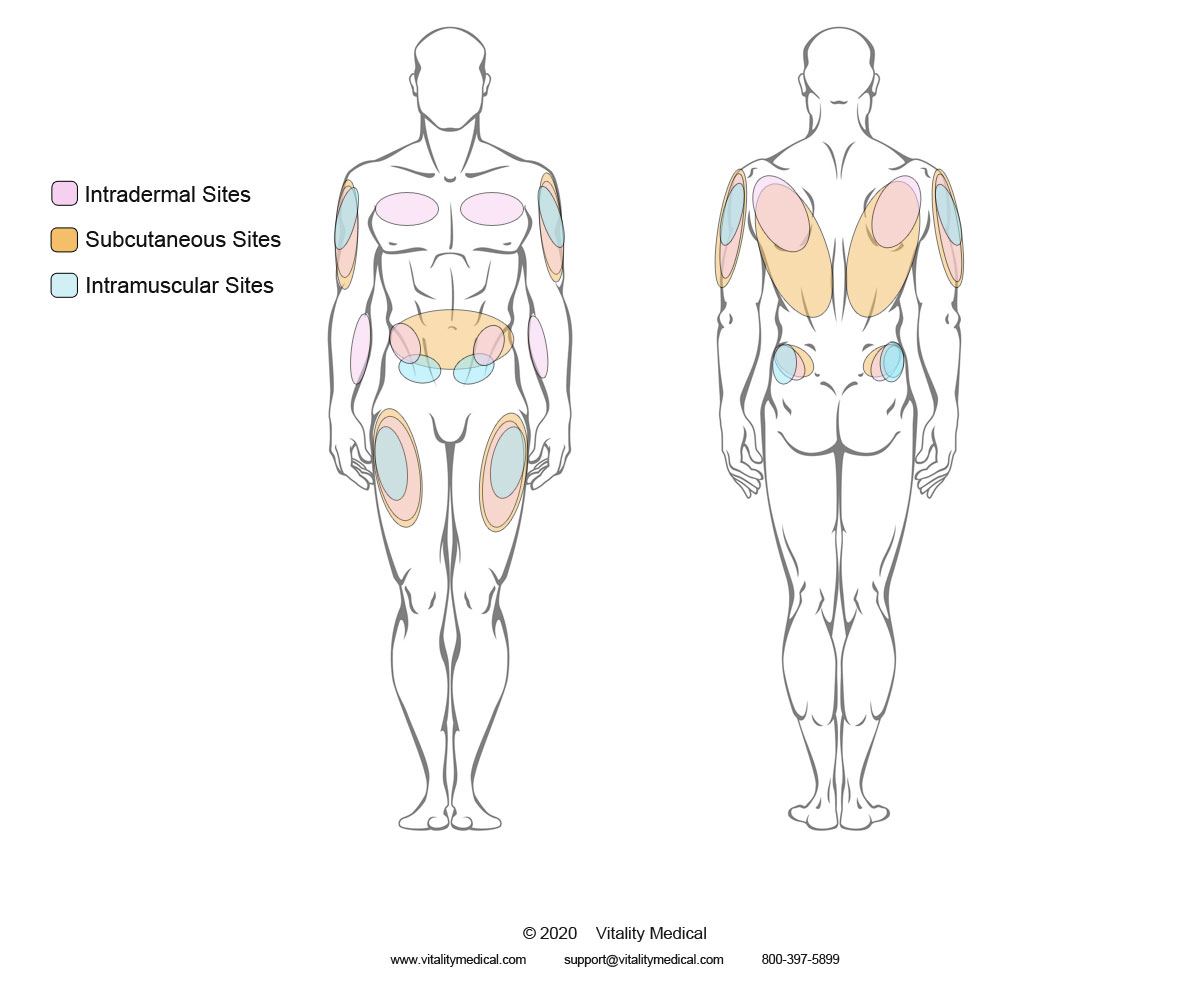
Needle Gauge Selection Criteria
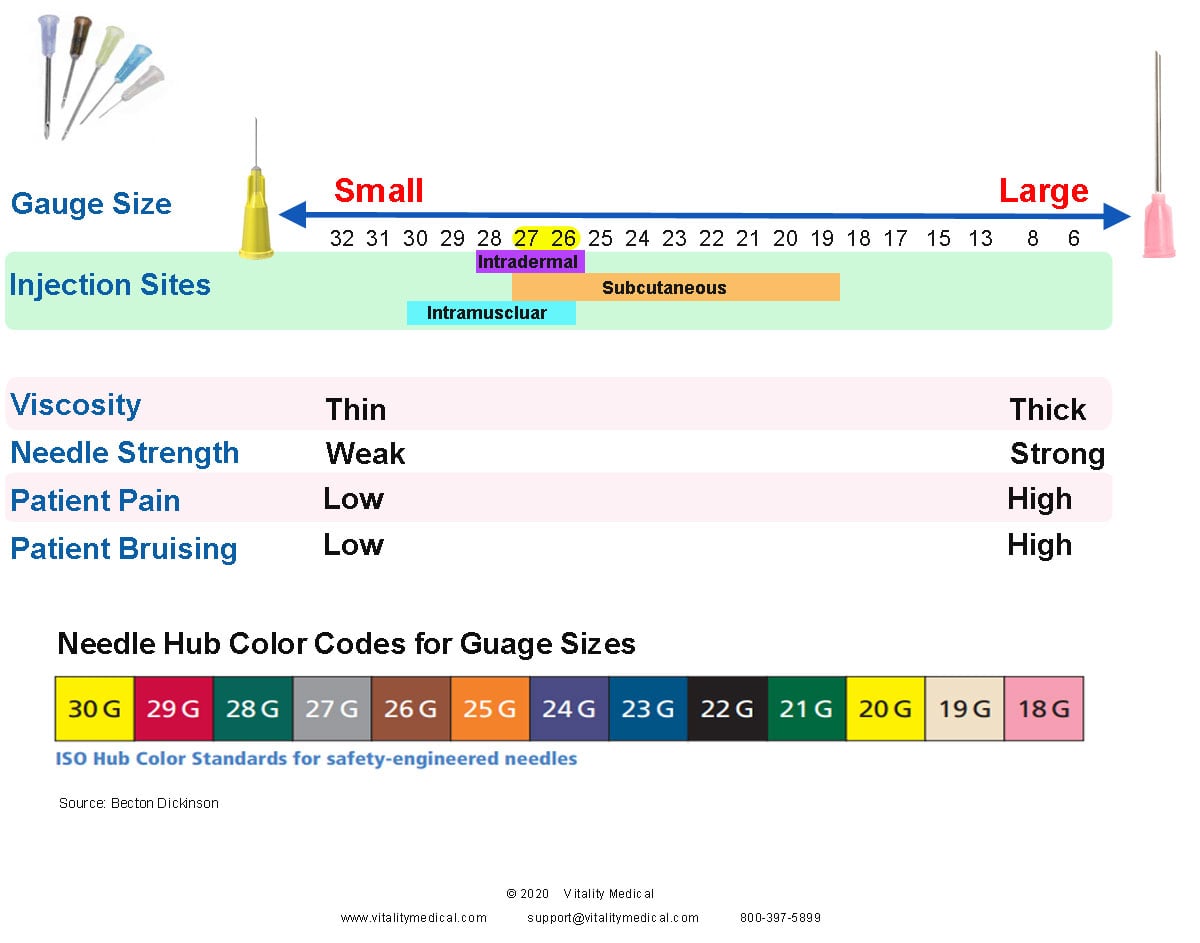
There are several factors to consider when selecting the best needle gauge. First is the type of injection. For intradermal injections (displayed in purple on the continuum above), a gauge of 26 to 28 is usually sufficient. For subcutaneous injections (displayed in orange), a 19 to 27 gauge works well. Intramuscular injections (displayed in blue) call for gauge sizes of 26 to 30. Notice that there is an overlap of all three injection types for gauges 27 and 26. These two gauges make a good all-round choice for the three injection types.
Another factor to consider is the viscosity of the medication. The thicker the viscosity of the fluid, the lower the gauge size should be to allow the medication to flow freely.
Another factor is that the lower the gauge number, the stronger the needle needs to be to lower the risks of bending or breaking. For injections in areas with tough skin, a lower gauge may be necessary to ensure the needle’s integrity.
Pain is the last factor to consider. The higher the gauge number, the less pain or bruising experienced by the patient. Lower gauge numbers are thicker, which causes more pain and bruising and, therefore, more patient trauma.
Patient bruising is very similar to pain. The thicker the puncture device, the greater the risk of bruising the patient. Also, the longer the needle, the greater the risk of bruising.
Needle Length Selection Criteria
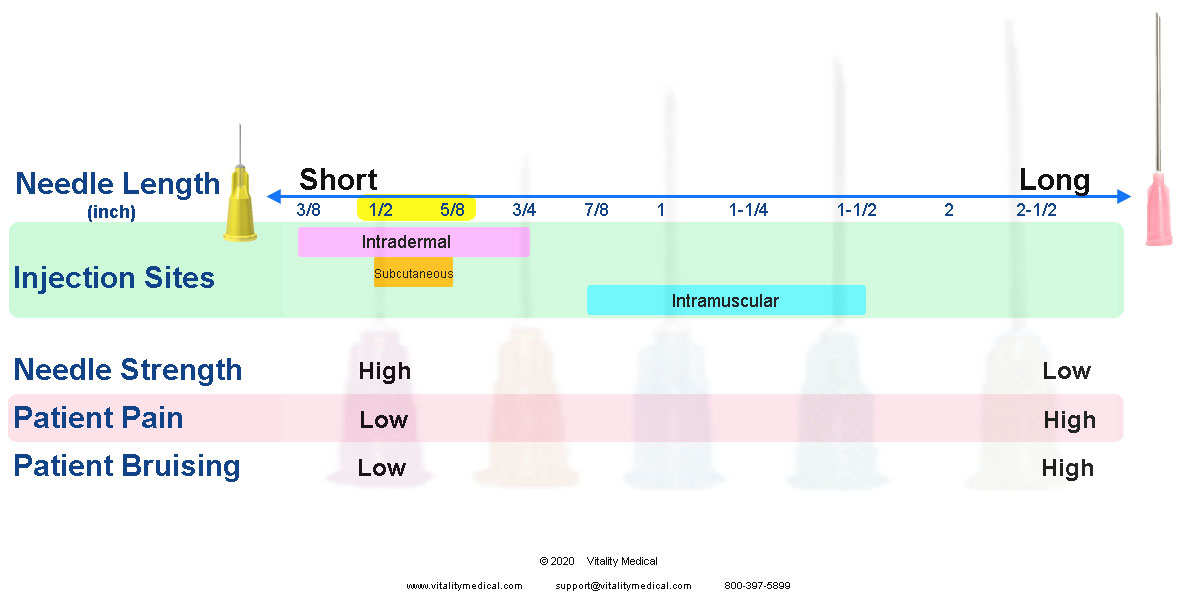
As shown in the continuum above, intradermal injections (displayed in purple) take place with a needle that is 3/8 to 5/8 inches in length. Subcutaneous injections (displayed in orange) are best with 1/2- to 5/8-inch needles. There is an overlap with a 1/2- and 5/8-inch needle for completing intradermal and subcutaneous injections. Intramuscular injections require the longest needle length to reach down to muscle tissues at a depth of 7/8 to 1 1/2 inches.
Where to BUY Needles only.
Selecting the Best Syringes FOR SALE
Anatomy of a Syringe
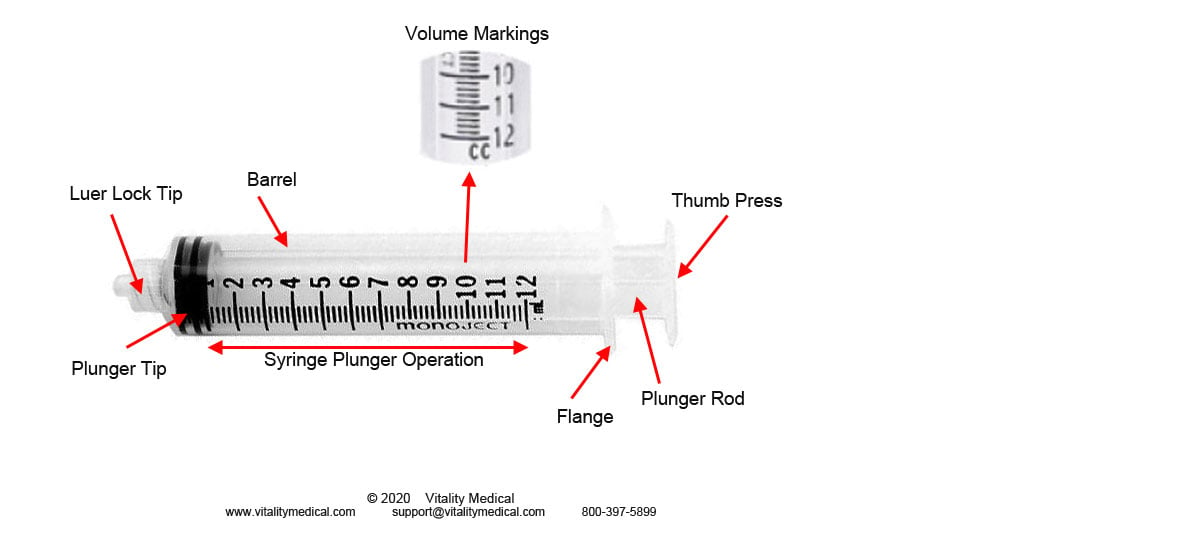
Syringe Parts
Syringe Tip
Located at the end of the syringe, the tip is where the needle hub attaches. The graphic above displays a Luer Lock tip.
Plunger Tip
With the plunger tip, a soft material squeezes against the walls of the barrel to contain the medication within the tip. It also serves as the measurement marker for medication volume. The plunger tip creates a vacuum as it moves away from the syringe tip, drawing in the medication. As the plunger moves toward the syringe tip, it forces out the medication.
Barrel
The barrel of the syringe is a hollow cylinder that fills with medication (aspiration) and then expels (administration) it into the patient. Markings on the side of the barrel provide volume indications. In the graphic above, the numbered markings indicate centimeters (cc), while the unnumbered markings indicate millimeters (mL) in increments of 2.
Flange
The two wings, called the flange, located on the opposite end from the syringe tip, extends out from the end of the barrel. The flange provides support to the index finger and the middle finger for grasping during aspiration and administration.
Plunger Rod
The two wings, called the flange, located on the opposite end from the syringe tip extend out from the barrel. The flange supports the index finger and the middle finger for grasping during aspiration and administration.
Thumb Press
At this pressure point on the plunger, the thumb presses down to force the medication out of the barrel, through the needle and into the patient.
Selecting a Syringe Tip

Syringe tips come in five basic configurations. Luer Lock tips are the most popular. These have a screw-type connection that keeps the needle secure to the syringe. The Catheter tip has a long, tapered end to allow tubing and catheters to be attached for irrigation or flushing. The Slip tip is a shorter version of the Catheter tip and allows the needle hub to slip or push onto the syringe. The Eccentric tip has an off-center tip useful for surface veins or artery injections. For the last type, a fixed tip has a needle that is not detachable.
Luer Lock Tip
Luer Lock tips utilize a screw mount that locks and secures the needle hub to the syringe. This tip is compatible with a variety of medical needles, catheters and other devices that employ this type of connection.
If you look closely, this type of syringe includes an internal thread mechanism where the needle screws in. You’ll attach the needle using a clockwise motion.
A Luer Lock tip results in an overall more secure attachment, including as pressure is applied through the syringe. This combination prevents the needle from falling out or leaking the solution contained in the syringe.
Slip Tip
The Slip Tip employs a friction-fit connection. The tip of the syringe slides into the needle hub fitting in a push and twist motion. It is considered less secure than the Luer Lock system.
Eccentric Tip
Eccentric tips are offset from the center of the syringe to allow closer proximity to the skin. The connection works similar to the slip tip. Useful for venipunctures and fluid aspiration.
Catheter Tip
The Catheter Tip employs a friction-fit connection. The tip of the syringe slides into the needle hub fitting in a push and twist motion. It is considered less secure than the Luer Lock system.
Also called a Luer slip tip, this type of syringe relies on friction to secure the needle once it’s twisted in place. As another advantage, a Luer slip tip lets the user attach the needle relatively quickly, which allows for more sufficient changes.
Permanently Attached Needle
Smaller syringe needle combinations often have the Needle Permanently Attached to the syringe. Sometimes referred to as an integral needle, it’s easy to use and simple to dispose of. Insulin and tuberculin injections commonly use smaller combinations.
Syringe Size Selection
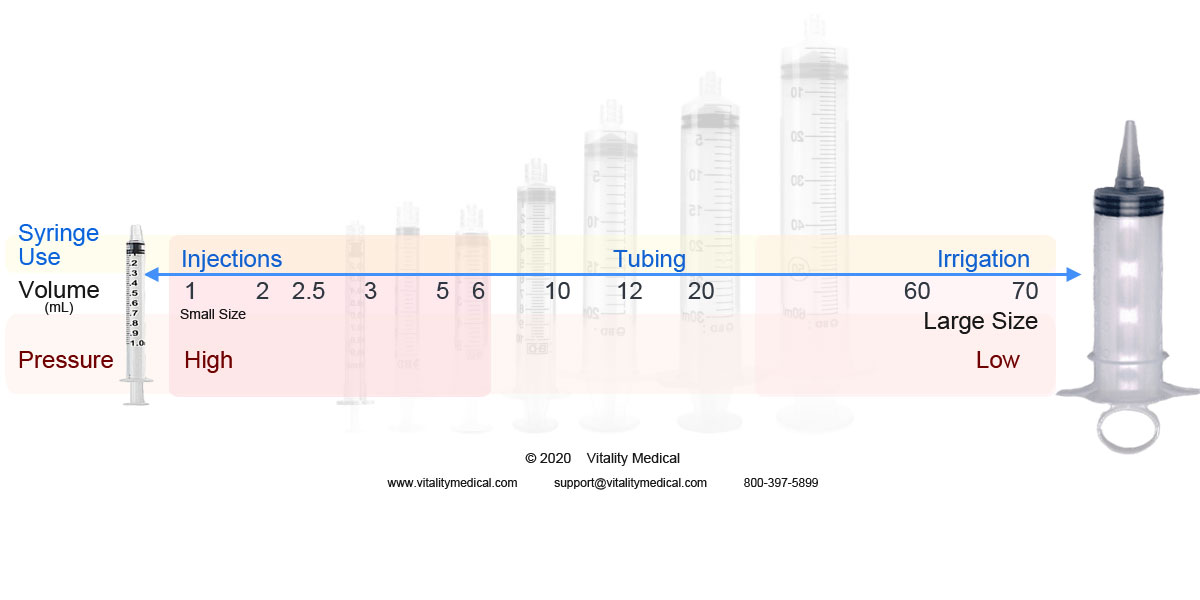
Syringes are available in many sizes and selected based on the volume of administered medication. Subcutaneous and intramuscular injections often take place with a smaller volume syringe. A small volume syringe exerts higher pressure flows for injecting the medication. Larger syringe sizes offer lower pressure flows. For central lines, catheters and tubing applications, 10 to 12 mL sizes are common. Higher-volume syringes of 20 to 70 mL suit irrigation applications.
Irrigation Syringe
A large syringe is the mainstay for irrigation. Wound irrigation for cleansing and debriding is the most common application. Syringes used for irrigation usually have a size of 50 to 70 mL. Saline solutions are frequently used as an irrigation fluid, followed by aminoglycosides, antibiotics, corticosteroids and vasoconstrictor epinephrine solutions. Irrigation involves two separate steps — draw and eject. The user draws the solution and then ejects it into the area for irrigation.
Irrigation Syringe Styles
Irrigation Syringe Styles
Piston devices often employ a double-flanged plunger tip that seals against the walls of the barrel. It provides a vacuum to fill the barrel with various irrigation solutions. It also offers a smooth piston action to expel solutions to cleanse and flush.
Bulb devices do not employ a plunger but have a flexible bulb at the end of the barrel where the thumb press would normally be. Squeezing the bulb forces air out, and releasing the bulb forms a vacuum to draw in solutions. The user submerges the syringe tip in the irrigation solution to draw the liquid into the barrel. The user then again squeezes the bulb to force the solution out of the barrel to flush the wound. There are several types of bulb syringes in use, including ear syringes, mucus syringes, Green-Bulb syringe, Clear-View syringes and others.
The thumb press is located opposite the plunger tip or grommet. The user or administrator presses down on the thumb press to eject the irrigation solution out of the syringe’s barrel.
A thumb ring or thumb control syringe replaces the thumb press to give the user more control during the draw and eject cycles of irrigation.
Straight tips use a tapered, catheter sytle tip.
These devices use a long tip with a 90-degree curve. It is useful for areas difficult to irrigate with a straight tip.
Grommetless devices on a piston syringe do not have a plunger tip at the end of the plunger.
Where to BUY Syringe without needle only.
Suction Syringe
Also known as aspiration syringes and suction bulbs, this type removes obstacles in the airways like mucus and vomit. They are also tools in surgical operations and the removal of ear wax and venom. They are available in numerous sizes — 10 mL, 30 mL, 60 mL, 90 mL and 120 mL being the most common. The larger the syringe size or bulb size, the higher the vacuum force.7

Suction Syringe Types
There are two different types of suction devices in wide use today. Similar to irrigation devices, they are bulb and piston syringes:
These aspiration devices are very similar in size and shape. They include a long, tapering tip, stem or tubing to gain access to the area requiring suction. The bulb type is the best-selling. The design of these instruments is for single-patient use only, but they can be washed and reused with the same individual.
Piston suction devices nearly always employ tubing, which is flexible and able to reach the areas that require suction. Many come with a measurement scale marked on the side of the barrel. These devices are less straightforward than the bulb versions but allow for accurate measurements.
Phlebotomy and Blood Drawing Supplies
The keys to selecting the right blood collection supplies or Phlebotomy Supplies are their simplicity of use and safety. These supplies should allow phlebotomists and other medical professionals to accomplish their tasks efficiently and accurately. They should be safe to use, preventing accidental needle sticks.
Types of Phlebotomy Systems
There are three types of blood drawing supplies — closed, vacuumed and open. Closed systems prioritize patient and worker safety by lowering contamination risks and reducing blood waste. In-Line designs protect patients from exposure to bacteria.

Footnotes
- Vail, Emily and Patel, Mona. "Clinical Use of Generic Injectable Drugs in Hospitalized Patients." Pharmacy Times. 2017. (Last Accessed February 25, 2020)
- Testing irreplaceable body fluids." Streck, December, 2019 (Last Accessed February 26, 2020)
- Thieman, Corey, and Fekadu Fullas. "Pharmacist Rounds: Surgical Irrigation Fluids--To Warm or Not-Although the jury is still out, the majority of published reports support the use of warm irrigation fluids to minimize the risk of hypothermia in surgical procedures." Pharmacy Times 75.8 (2009): 56. (Last Accessed February 26, 2020)
- Mui, Katie, "Why Do Some Medications Come As Pills, And Others As Injections?" GoodRx. (Last Accessed February 25, 2020)
- Vail, Pharmacy Times.
- Yilmaz, Gamze, and Dilek Küçük Alemdar. "Using Buzzy, Shotblocker, and bubble blowing in a pediatric emergency department to reduce the pain and fear caused by intramuscular injection: A randomized controlled trial." Journal of Emergency Nursing 45.5 (2019): 502-511. (Last Accessed February 27, 2020)
- Haseler, Luke J., et al. "Syringe and needle size, syringe type, vacuum generation, and needle control in aspiration procedures." Cardiovascular and interventional radiology 34.3. 2011. page 16. (Last Accessed February 27, 2020)
- World Health Organization. "WHO Guidelines on Drawing Blood: Best Practices in Phlebotomy." World Health Organization. 2010 (Last Accessed February 27, 2020)
Medical Studies
-
 World Health Organization. WHO guideline on the use of safety-engineered syringes for intramuscular, intradermal and subcutaneous injections in health-care settings. No. WHO/HIS/SDS/2015.5. World Health Organization, 2015. (Last Accessed March 4, 2020)
World Health Organization. WHO guideline on the use of safety-engineered syringes for intramuscular, intradermal and subcutaneous injections in health-care settings. No. WHO/HIS/SDS/2015.5. World Health Organization, 2015. (Last Accessed March 4, 2020)
-
 Beyea, Suzanne C., and Leslie H. Nicoll. "Administering IM injections the right way." AJN The American Journal of Nursing 96.1 (1996): 34-35. (Last Accessed March 4, 2020)
Beyea, Suzanne C., and Leslie H. Nicoll. "Administering IM injections the right way." AJN The American Journal of Nursing 96.1 (1996): 34-35. (Last Accessed March 4, 2020)
-
 Schleis, Thomas G., and Alan D. Tice. "Selecting infusion devices for use in ambulatory care." American journal of health-system pharmacy 53.8 (1996): 868-877. (Last Accessed March 4, 2020)
Schleis, Thomas G., and Alan D. Tice. "Selecting infusion devices for use in ambulatory care." American journal of health-system pharmacy 53.8 (1996): 868-877. (Last Accessed March 4, 2020)
-
 Hansen, Birtha, and Irina Matytsina. "Insulin administration: selecting the appropriate needle and individualizing the injection technique." Expert opinion on drug delivery 8.10 (2011): 1395-1406. (Last Accessed March 4, 2020)
Hansen, Birtha, and Irina Matytsina. "Insulin administration: selecting the appropriate needle and individualizing the injection technique." Expert opinion on drug delivery 8.10 (2011): 1395-1406. (Last Accessed March 4, 2020)
-
 Nicoll, Leslie H., and Amy Hesby. "Intramuscular injection: an integrative research review and guideline for evidence-based practice." Applied nursing research 15.3 (2002): 149-162. (Last Accessed March 4, 2020)
Nicoll, Leslie H., and Amy Hesby. "Intramuscular injection: an integrative research review and guideline for evidence-based practice." Applied nursing research 15.3 (2002): 149-162. (Last Accessed March 4, 2020)
-
 McKay, Maureen, Gerhard Compion, and Lene Lytzen. "A comparison of insulin injection needles on patients' perceptions of pain, handling, and acceptability: a randomized, open-label, crossover study in subjects with diabetes." Diabetes technology & therapeutics 11.3 (2009): 195-201. (Last Accessed March 4, 2020)
McKay, Maureen, Gerhard Compion, and Lene Lytzen. "A comparison of insulin injection needles on patients' perceptions of pain, handling, and acceptability: a randomized, open-label, crossover study in subjects with diabetes." Diabetes technology & therapeutics 11.3 (2009): 195-201. (Last Accessed March 4, 2020)
-
 Le, Jennifer, "Drug Administration." Skaggs Schools of Pharmacy and Pharmaceutical Sciences, University of California San Diego. Merck Manual, Consumer Version. June 2019. (Last Accessed February 25, 2020)
Le, Jennifer, "Drug Administration." Skaggs Schools of Pharmacy and Pharmaceutical Sciences, University of California San Diego. Merck Manual, Consumer Version. June 2019. (Last Accessed February 25, 2020)


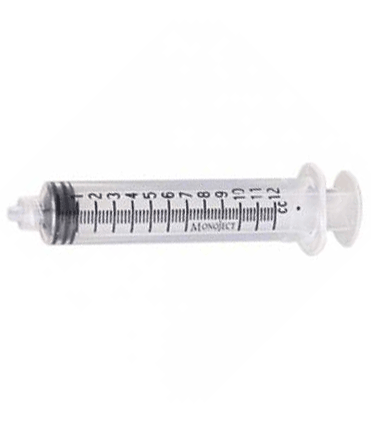
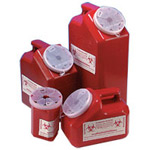
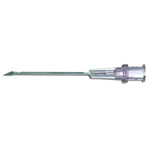
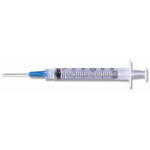
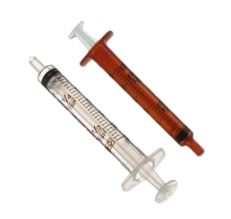
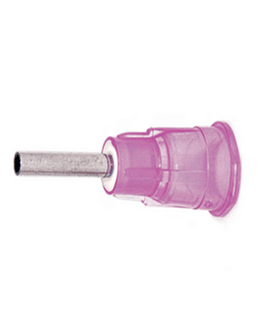
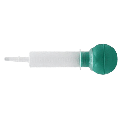
















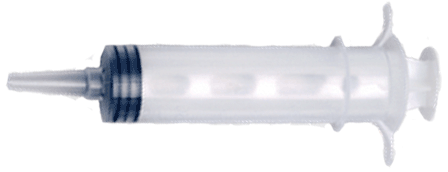
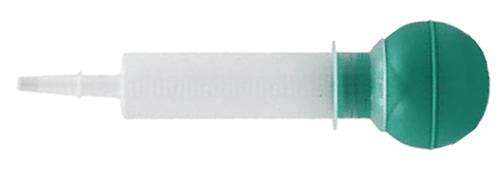
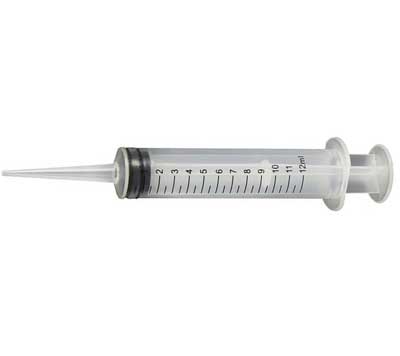
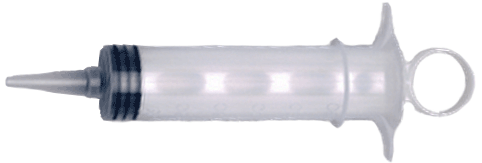
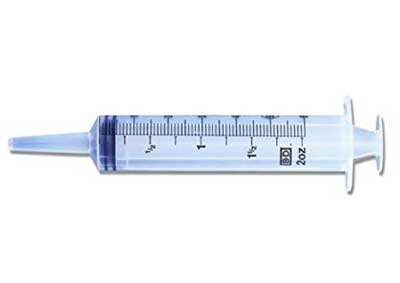

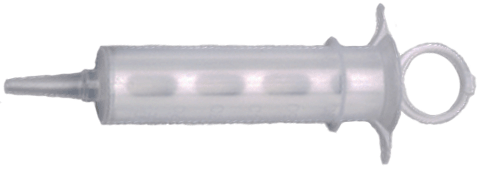

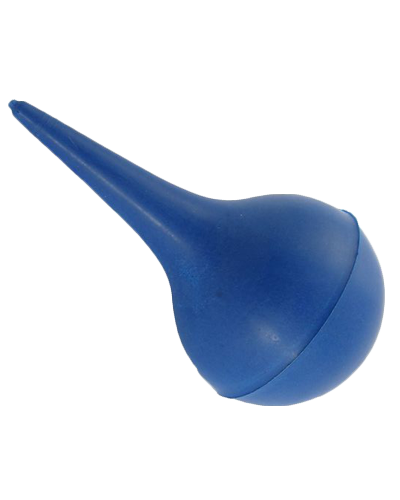
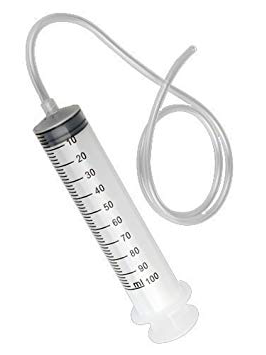


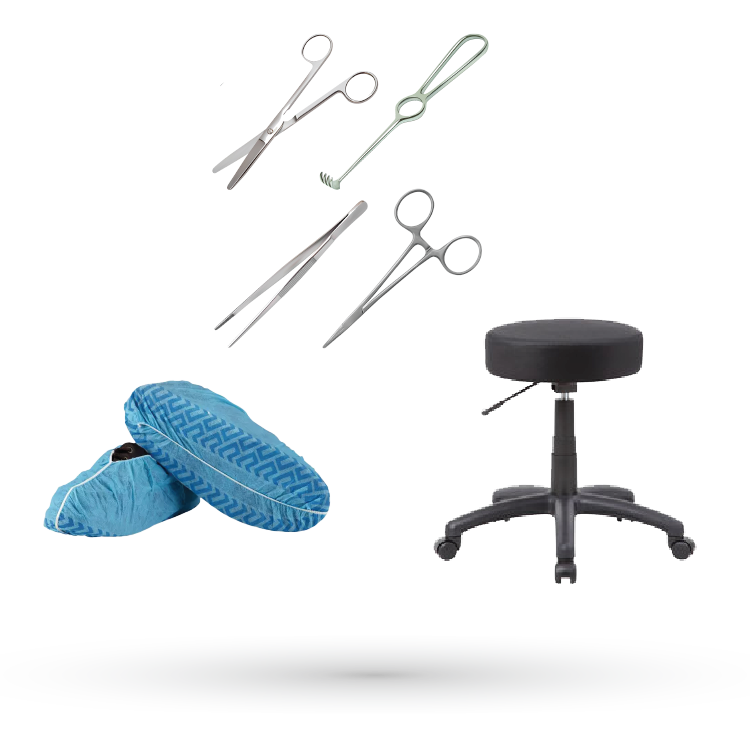
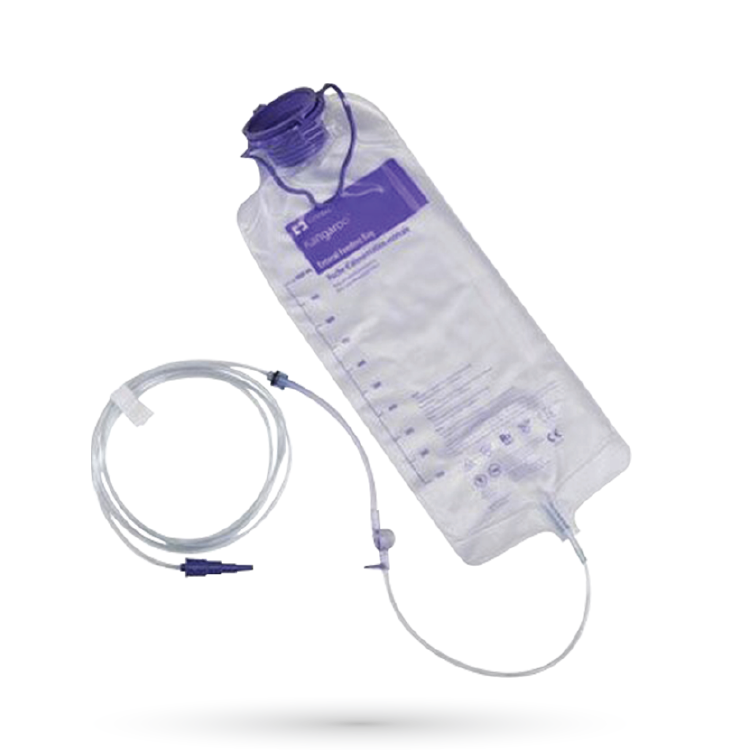
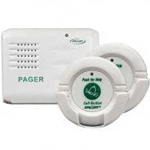
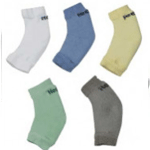
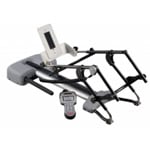
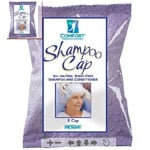
Login and Registration Form